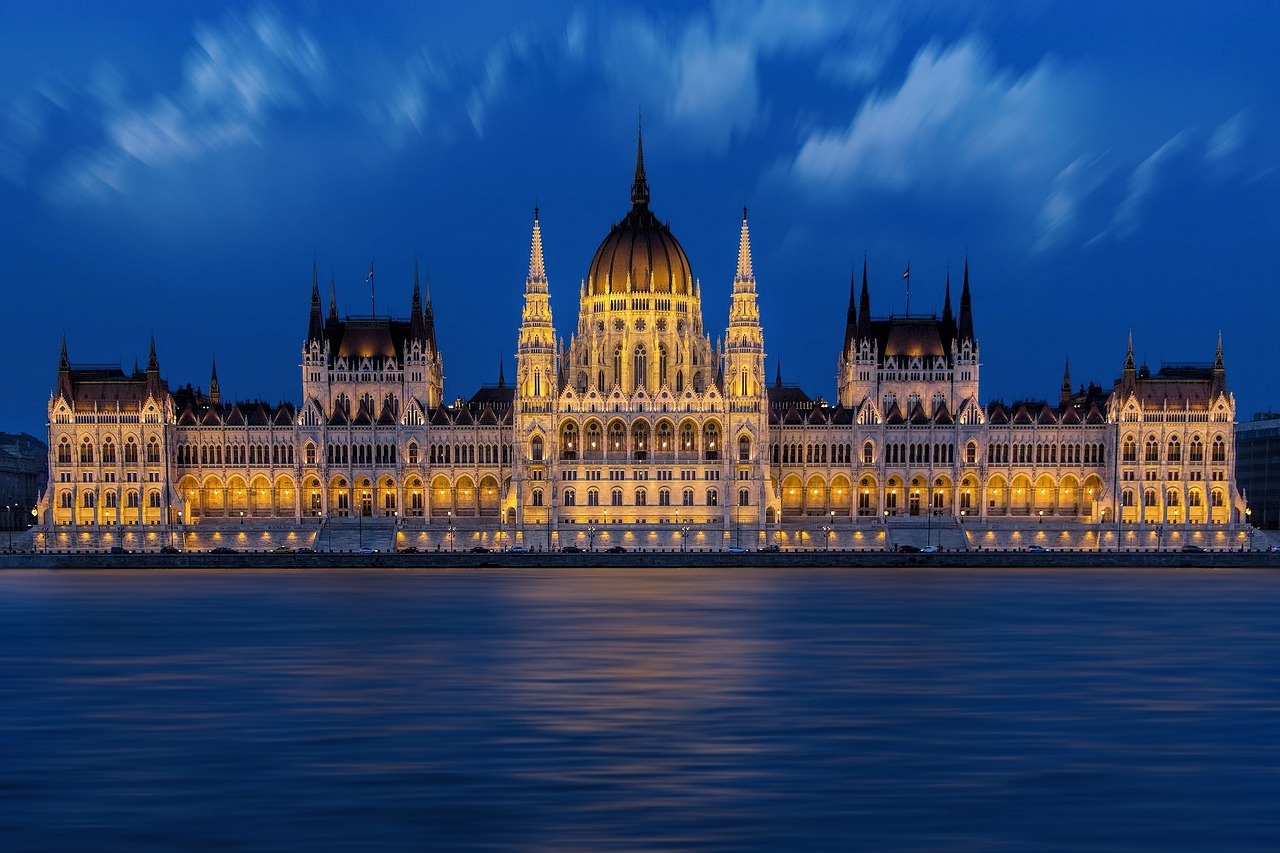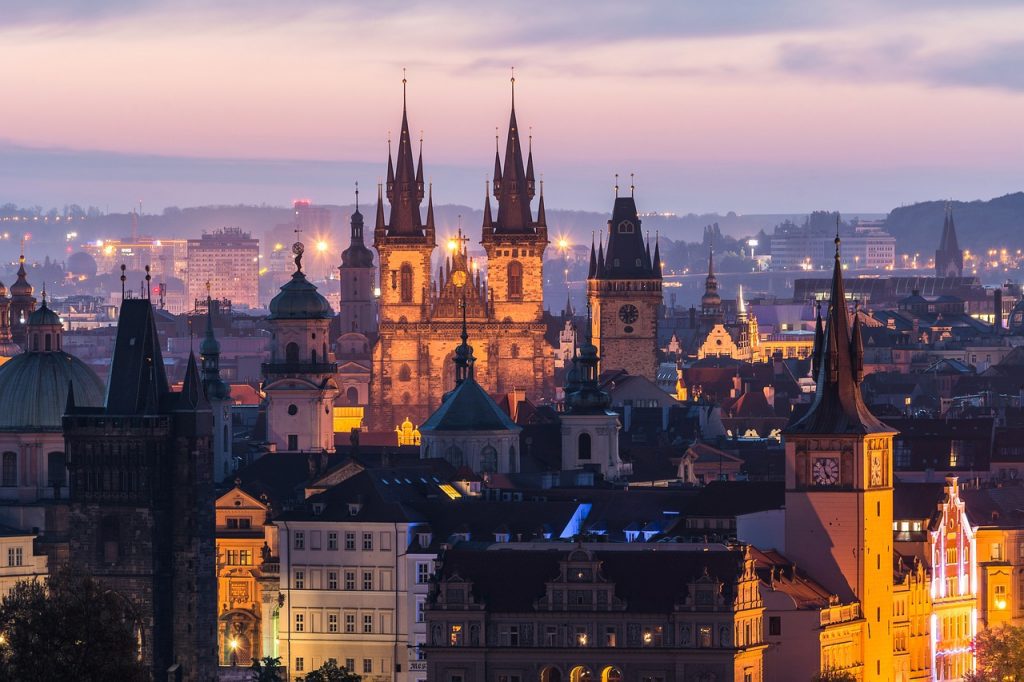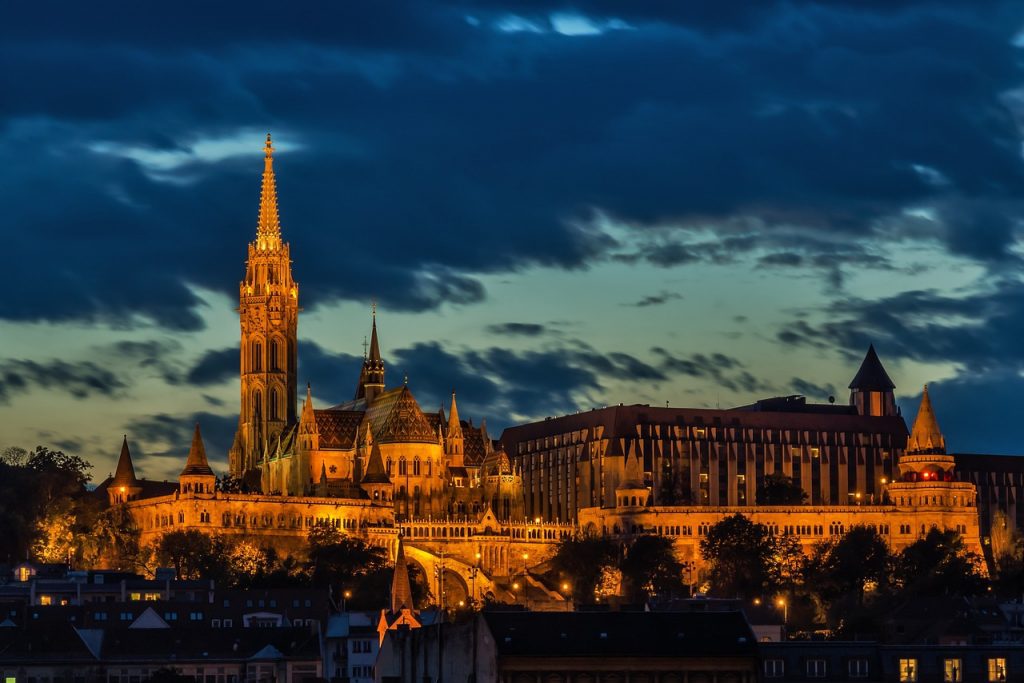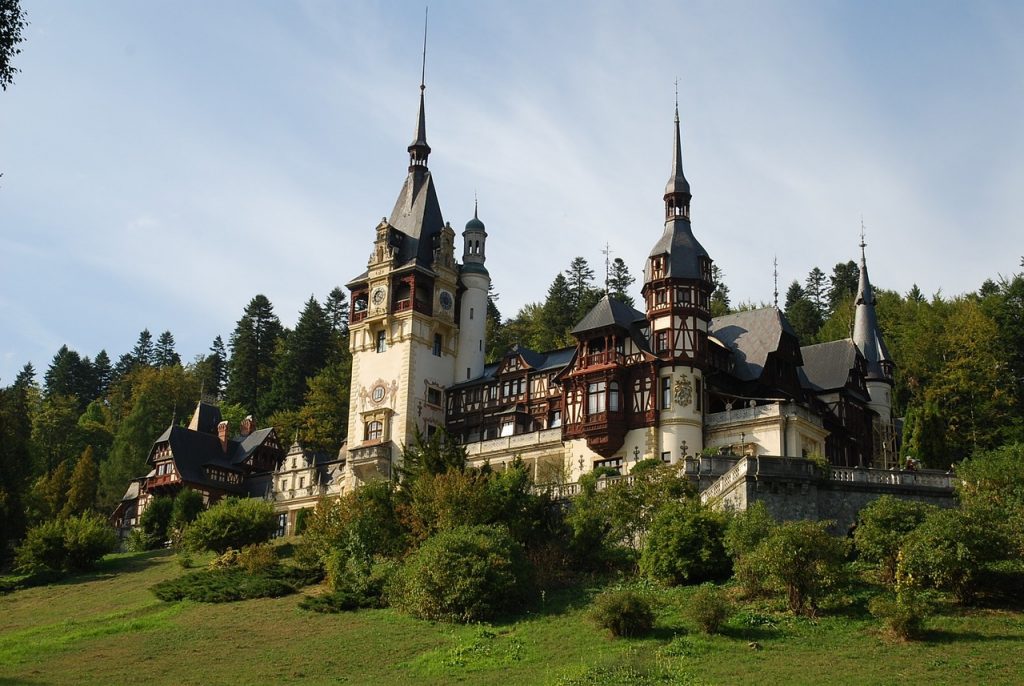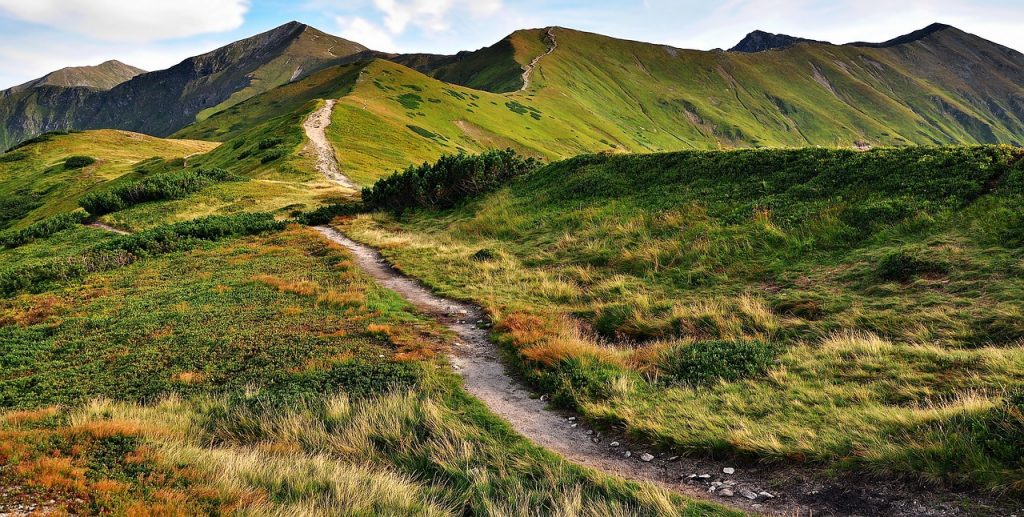Hungary is an Eastern European country that has amazing history, rich cultural, and spectacular wilderness. Collectively there is something for everyone. Travelers are summonsed throughout the year to explore its treasures. From the grandeur of Budapest to the tranquility of Lake Balaton, Hungary offers diverse experiences. But when is the best time to visit Hungary.
There tourism opportunities across Hungary are diverse and plentiful. Some experiences may be tied to seasonal factors that affect when you come. Let’s dive into the seasons and other considerations to help you determine the best time to go to Hungary for your dream vacation.
Best Time to Visit Hungary Based on the Weather
Spring (March to May):
Spring awakens Hungary with blossoms and renewed vitality. Temperatures rise from 45°F to 65°F (7°C to 18°C), creating ideal conditions for exploring cities, historic sites, and countryside. However, be prepared for occasional rain showers, so packing a light jacket and umbrella is advisable. Spring is also a fantastic time to witness the blooming landscapes and enjoy outdoor activities.
Summer (June to August):
Hungary basks in warm summer weather, with temperatures ranging from 70°F to 85°F (21°C to 29°C). This season is perfect for outdoor adventures, such as exploring national parks, swimming in Lake Balaton, or cruising along the Danube River. Summer also brings various festivals and cultural events, adding to the vibrant atmosphere. However, be mindful that this is the peak tourist season, so popular destinations can get crowded, and prices may be higher.
Autumn (September to November):
Autumn paints Hungary with vibrant hues of red and gold as the temperature ranges from 55°F to 70°F (13°C to 21°C). The pleasant weather allows for comfortable exploration, whether in bustling cities or serene countryside. It’s an excellent time for wine enthusiasts to visit the country’s renowned vineyards. With fewer tourists compared to the summer months, you can enjoy Hungary’s attractions without the hustle and bustle.
Winter (December to February):
Hungary’s winter transforms it into a charming wonderland, with temperatures ranging from 30°F to 40°F (-1°C to 4°C) in most regions. Budapest’s Christmas markets are particularly enchanting during this season. If you’re a fan of winter sports, head to the Bukk and Matra Mountains for skiing and snowboarding. However, prepare for shorter daylight hours and the possibility of cold snaps.
Best Time to Visit Hungary Based on Prices and Crowds
Low Season (November to March):
Winter and early spring constitute Hungary’s low season, except for the festive Christmas and New Year period when prices may rise. During this time, you’ll find fewer tourists, lower hotel rates, and more availability at attractions. However, be aware of the colder weather and the potential for reduced hours at some tourist sites.
Shoulder Seasons (April to June, September to October):
Hungary’s shoulder seasons offer an excellent balance between pleasant weather and manageable crowds. Accommodation and flight prices are often more reasonable, allowing you to enjoy a more relaxed experience at popular destinations.
High Season (July to August):
Summer is the high season in Hungary, especially in tourist-heavy areas. Prices for accommodations, flights, and attractions tend to be at their highest during this period. If you plan to visit during the summer months, booking in advance is advisable.
Discovering Hungary’s Cultural Experiences
Hungary celebrates a vibrant cultural history. There are numerous annual events and festivals that can enhance your Hungarian experience. Here are 10 popular cultural experiences that take place in Hungary each year:
- Budapest Wine Festival (September): Held in Buda Castle, this wine festival celebrates Hungary’s rich winemaking heritage. Visitors can sample a wide variety of Hungarian wines, attend tastings, and enjoy live music and traditional Hungarian cuisine.
- Budapest International Documentary Festival (BIDF) (January): BIDF showcases thought-provoking documentaries from around the world. It’s a platform for filmmakers and documentary enthusiasts to engage in discussions and screenings.
- Budapest International Documentary Festival (BIDF) (January): BIDF showcases thought-provoking documentaries from around the world. It’s a platform for filmmakers and documentary enthusiasts to engage in discussions and screenings.
- Sziget Festival (August): Known as the “Island of Freedom,” Sziget is one of Europe’s largest music and cultural festivals. It features a diverse lineup of musical acts, art installations, performances, and cultural programs on Óbuda Island in Budapest.
- Budapest Opera Ball (February): Held in the Hungarian State Opera House, this elegant ball combines classical music with ballroom dancing, offering a night of glamour and cultural refinement.
- Mangalica Festival (February): Dedicated to Hungary’s indigenous curly-haired pig breed, the festival celebrates all things related to Mangalica pork. Visitors can enjoy tastings of traditional dishes and products.
- Budapest Jewish Summer Festival (June): This cultural event showcases Jewish heritage with a diverse program of concerts, theater performances, exhibitions, and culinary experiences. It’s a celebration of Jewish arts and culture.
- Budapest Design Week (September-October): A hub for design enthusiasts, this event features exhibitions, workshops, and lectures highlighting contemporary Hungarian and international design trends.
- Budapest Wine Festival (September): Held in Buda Castle, this wine festival celebrates Hungary’s rich winemaking heritage. Visitors can sample a wide variety of Hungarian wines, attend tastings, and enjoy live music and traditional Hungarian cuisine.
- Budapest International Documentary Festival (BIDF) (January): BIDF showcases thought-provoking documentaries from around the world. It’s a platform for filmmakers and documentary enthusiasts to engage in discussions and screenings.
These cultural experiences offer a glimpse into Hungary’s diverse artistic heritage, culinary traditions, and contemporary creativity. Whether you’re interested in music, film, food, or design, Hungary’s annual events have something for everyone to enjoy.
Exploring Hungary’s Nature and Wilderness Experiences
Hungary boasts diverse natural landscapes and wilderness experiences, and the best time to explore them depends on your interests:
Hiking and Outdoor Activities: Spring and autumn provide the perfect conditions for hiking in Hungary’s national parks, such as the Bükk and Hortobágy. The mild weather and colorful scenery create an ideal backdrop for outdoor adventures.
Lake Balaton: Summer is the best time to visit Lake Balaton, Central Europe’s largest freshwater lake. You can swim, sail, or simply relax on its shores, enjoying the warm weather and water activities.
Birdwatching: Hungary is a renowned destination for birdwatchers, especially during the spring and autumn migration seasons. The Hortobágy National Park is a prime spot for birdwatching enthusiasts.
What Is the Best Time to Visit Hungary and Why?
The best time to visit Hungary largely depends on your preferences and interests. If you crave warm weather, outdoor festivals, and cultural events, summer is the peak season for you. However, be prepared for larger crowds and higher prices.
For those seeking a balance between pleasant weather and affordability, the shoulder seasons of spring and autumn offer an ideal compromise. Winter is perfect for experiencing Hungary’s festive charm and winter sports.
In conclusion, Hungary is a year-round destination with something to offer every traveler. Whether you’re exploring historic Budapest, hiking in national parks, or savoring Hungarian cuisine, each season brings its unique charm to this captivating country. So, when is the best time to visit Hungary? The answer lies in your personal preferences and the experiences you seek.
Experience Hungary’s magic in spring, summer, autumn, or winter—it’s a journey you won’t forget.

